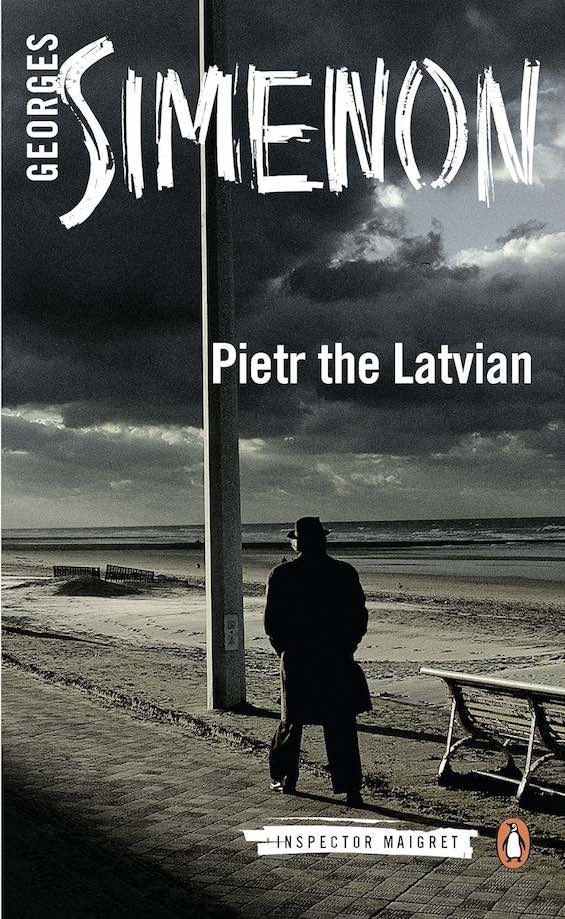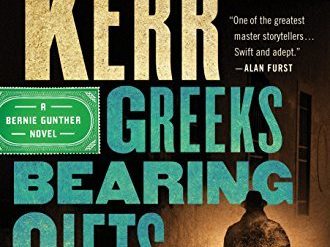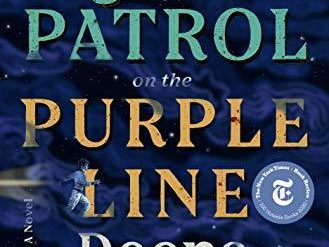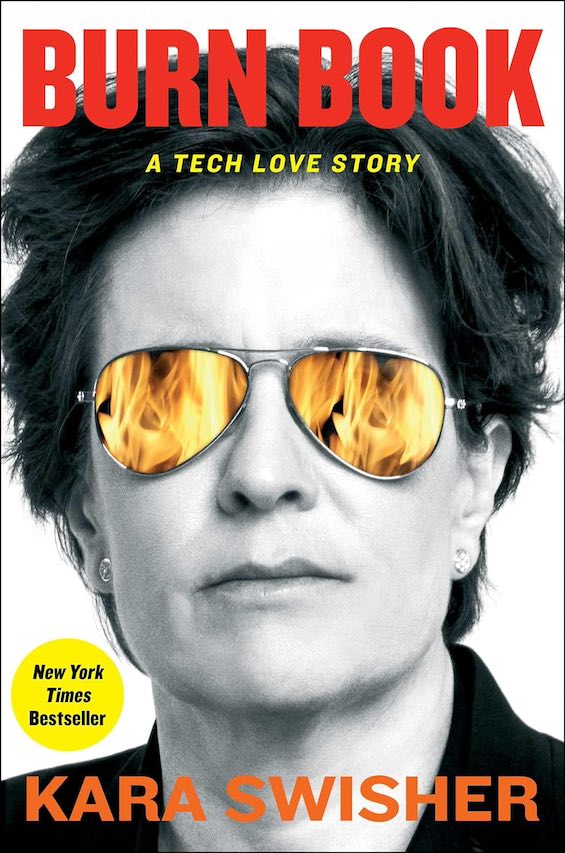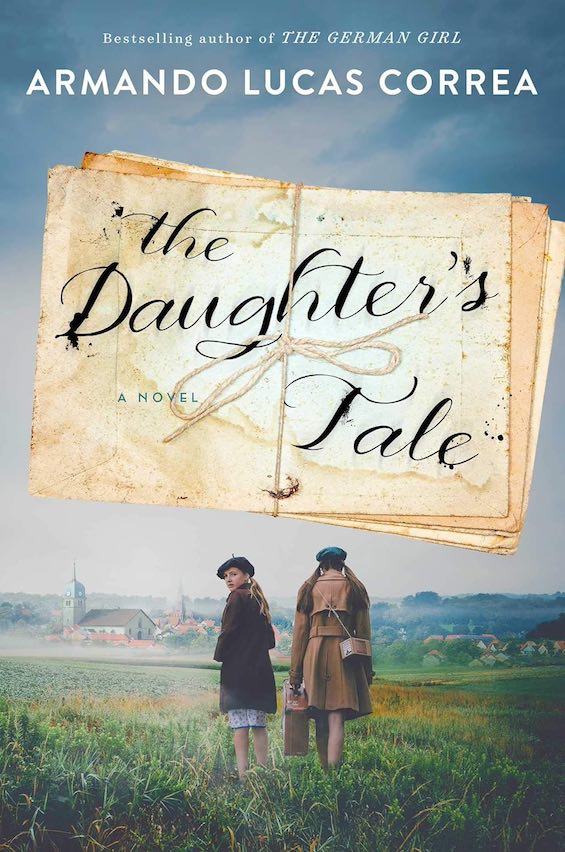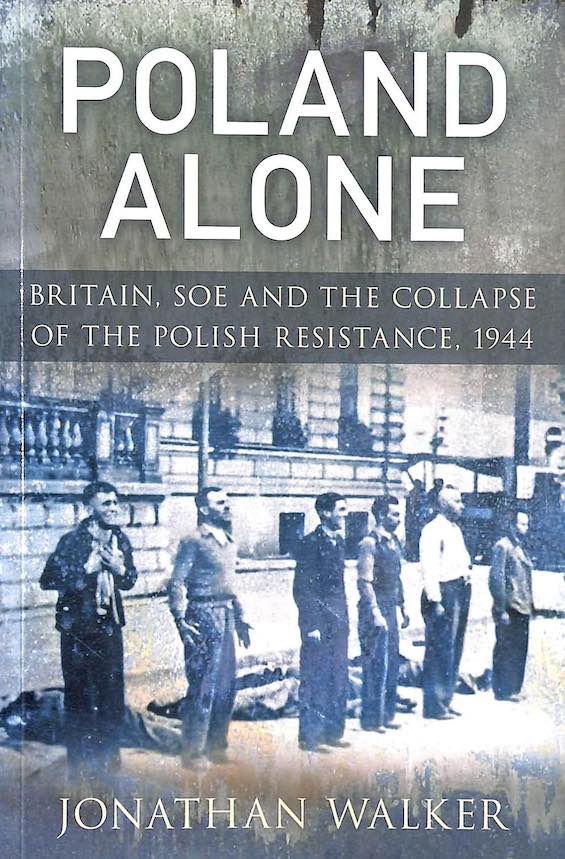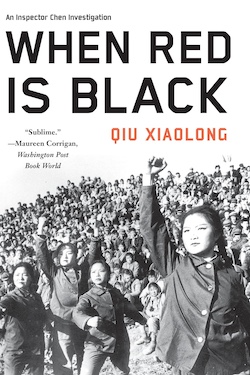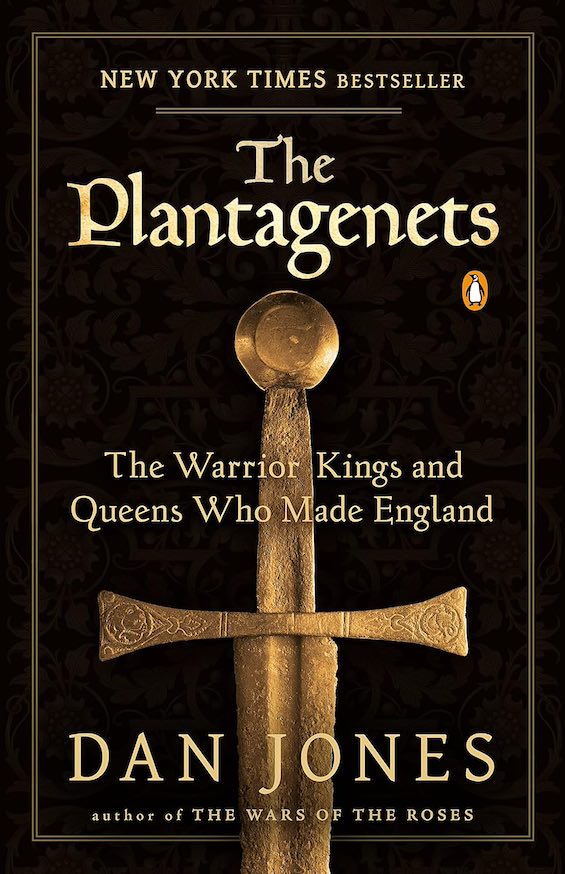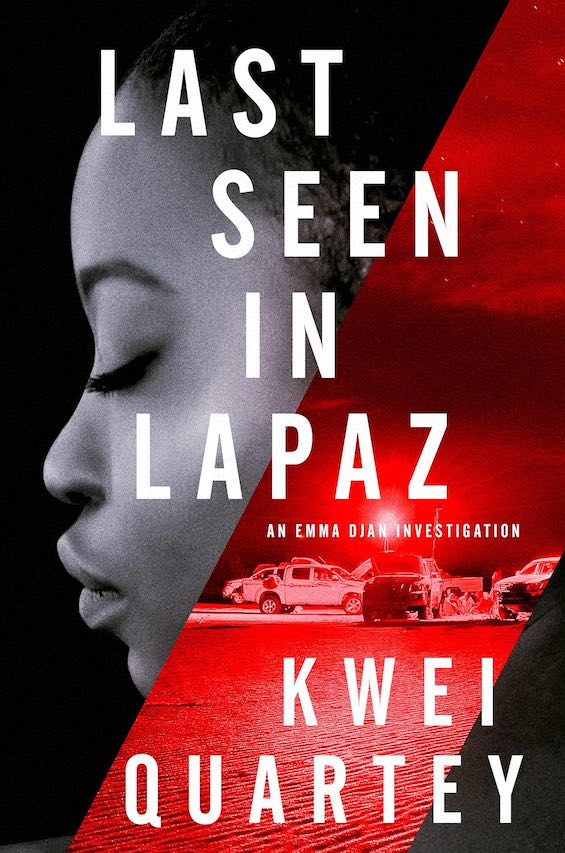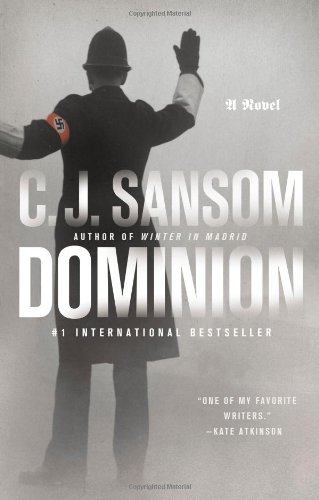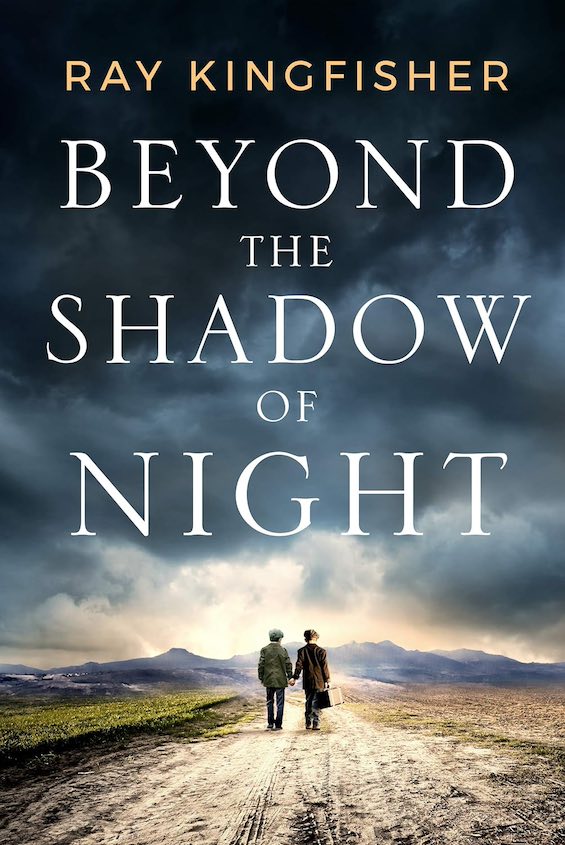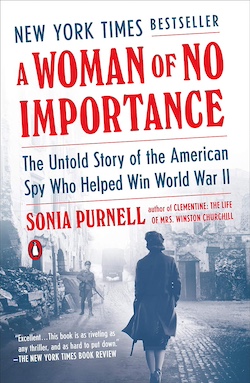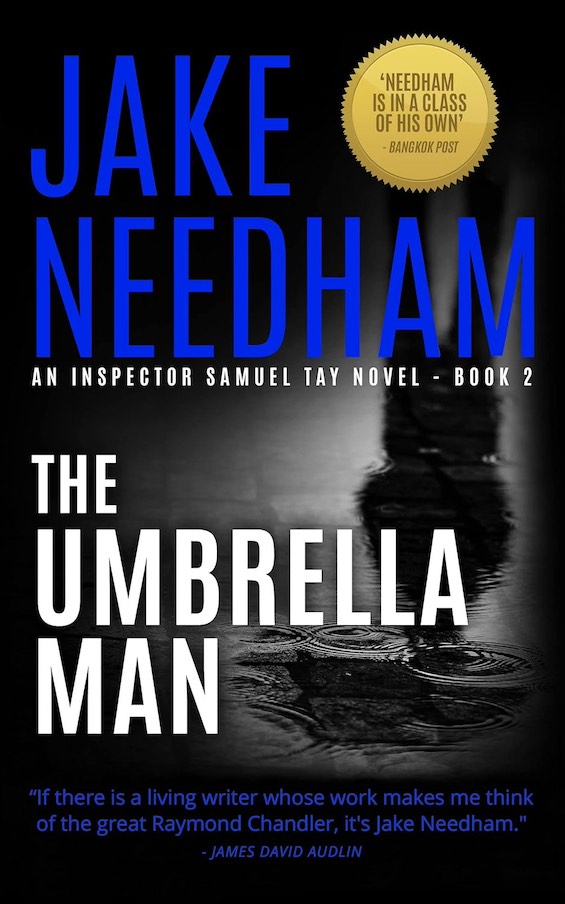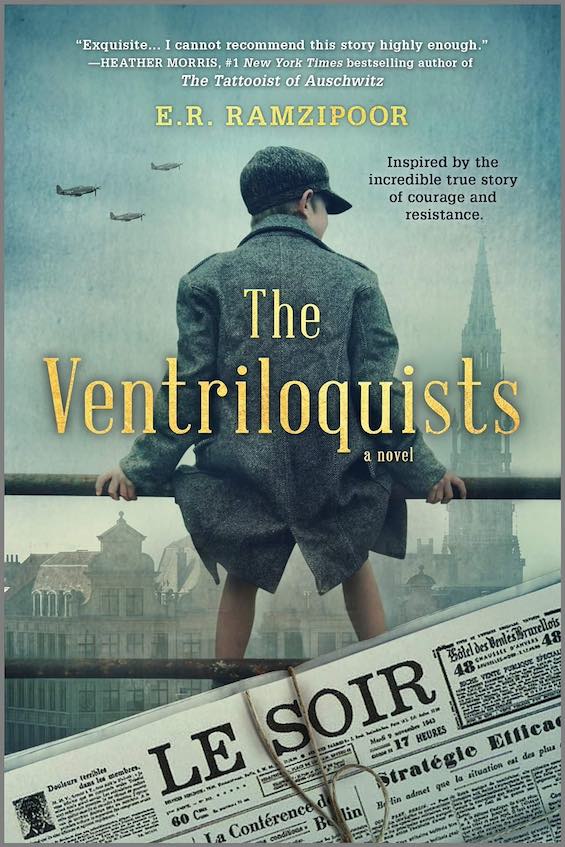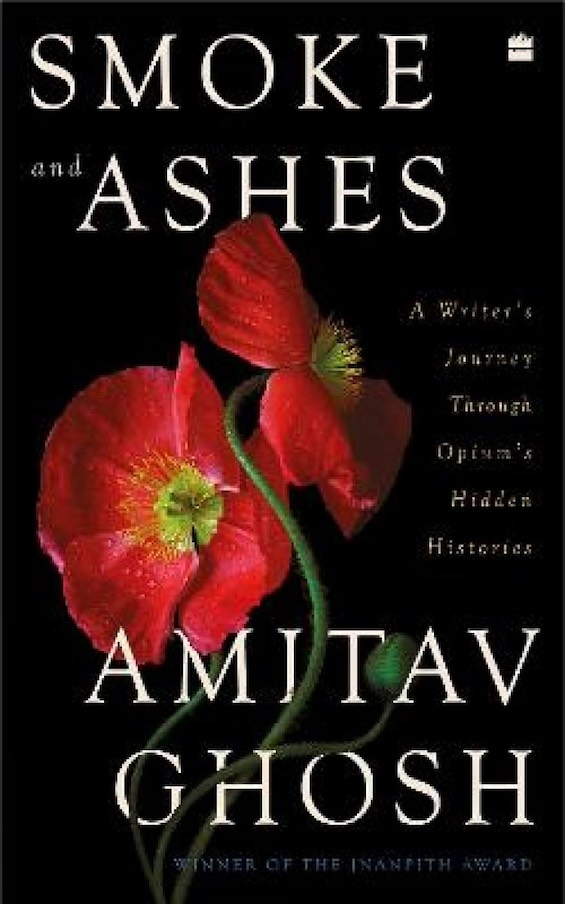
In 1960, the notorious Nazi war criminal Adolf Eichmann was seized by agents from the Mossad and Shin Bet and rushed to Israel, where he stood trial and was executed two years later. If Americans had somehow been ignorant of the presence in South America of Nazi criminals before Eichmann’s kidnapping, they were no longer. And we learned that there was a long history of Nazis in Argentina, Brazil, Chile, and elsewhere on the continent.
Estimated reading time: 3 minutes
In the 1970s, two bestselling novels, The Odessa File and The Marathon Man, both made into popular films, brought the theme into high relief once again, focusing on Dr. Josef Mengele and other fugitive criminals. But all this high-profile exposure barely hinted at the large number of former SS officers, Vichy French officials, Italian fascists, and East European Nazi collaborators who escaped to Argentina, Paraguay, Brazil, Chile, Uruguay, and Bolivia. Many of these men were wanted because they had participated actively in what the Nazis so cruelly called “The Final Solution.“
A Quiet Flame (Bernie Gunter #5) by Philip Kerr ★★★★☆
A later fictional treatment
Philip Kerr’s excellent 2008 novel, A Quiet Flame, takes up this theme again. Set in Argentina in 1950, with flashbacks to the backstory in Germany in 1932-33, Kerr’s Berlin detective Bernie Gunther, finds himself caught up in the wave of former SS officers who were still flooding into Argentina. One of his shipmates is Eichmann. Once in Buenos Aires, Gunther is befriended by the head of Argentine military intelligence, who explains that Gunther is one of his heroes for his extraordinary detective work in Berlin in the early 1930s.
To Gunther’s amazement, the hero-worshipping spy chief takes him directly to meet Juan Peron in the presidential palace. There, he is pressed into service to locate a missing teenage girl, the daughter of a wealthy expatriate German who is somehow important to Peron. The case, which turns out to be vastly more complicated and dangerous than Gunther had been warned, leads him to the doorstep of dozens of fugitive Nazis. Among those whose names are well known to this day are Eichmann, Mengele, and Otto Skorzeny, the SS officer who rescued Benito Mussolini from Italian partisans.
Explosive revelations
To reveal the astonishing facts that come to light in the course of Bernie Gunther’s investigation would spoil the novel for future readers. Suffice it to say that I was taken aback by what he learns about Argentine history, about Juan Peron, and about the Nazis who populate the novel. The story is grounded in historical fact. Both in Argentina and in the flashbacks to Germany, Gunther encounters many historical figures, from Josef Goebbels to Evita Peron, and his portrayals of them ring true. As the author explains, much of his novel is based on The Real Odessa, a book by the Argentine researcher Uki Goni that brought to light much of what we know about Nazis in Argentina.
About the author
British novelist Philip Kerr has written dozens of novels, including twelve that feature the brilliant detective Bernie Gunther as well as a number of books for children.
For related reading
For links to reviews of the whole series, go to Philip Kerr’s Bernie Gunther novels.
You might also enjoy my posts:
- Top 10 mystery and thriller series
- 20 excellent standalone mysteries and thrillers
- 30 outstanding detective series from around the world
- Top 20 suspenseful detective novels
- Top 10 historical mysteries and thrillers
And you can always find my most popular reviews, and the most recent ones, on the Home Page.


